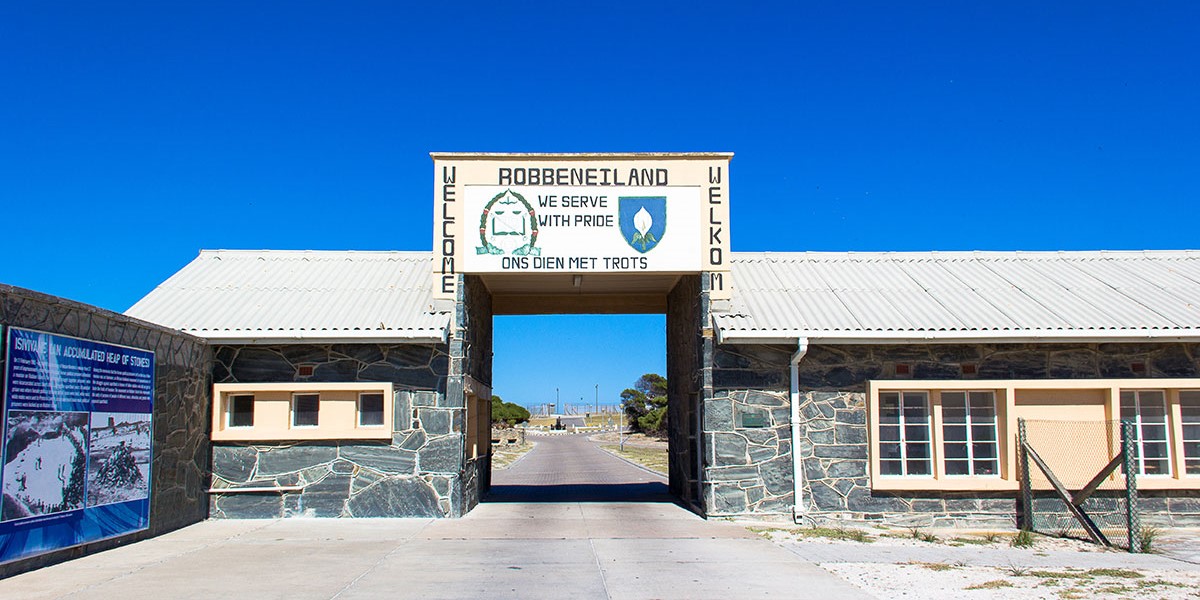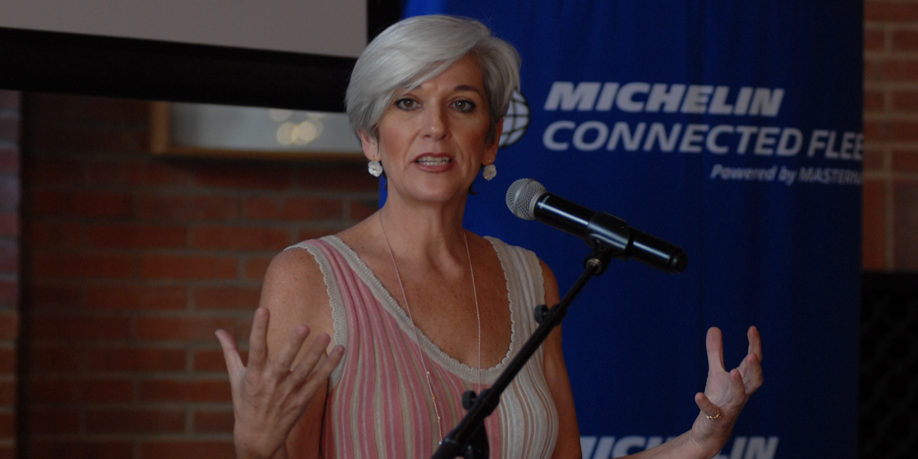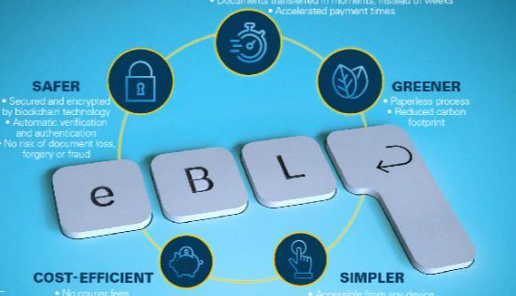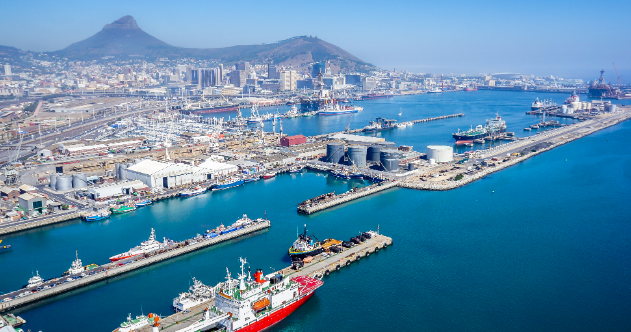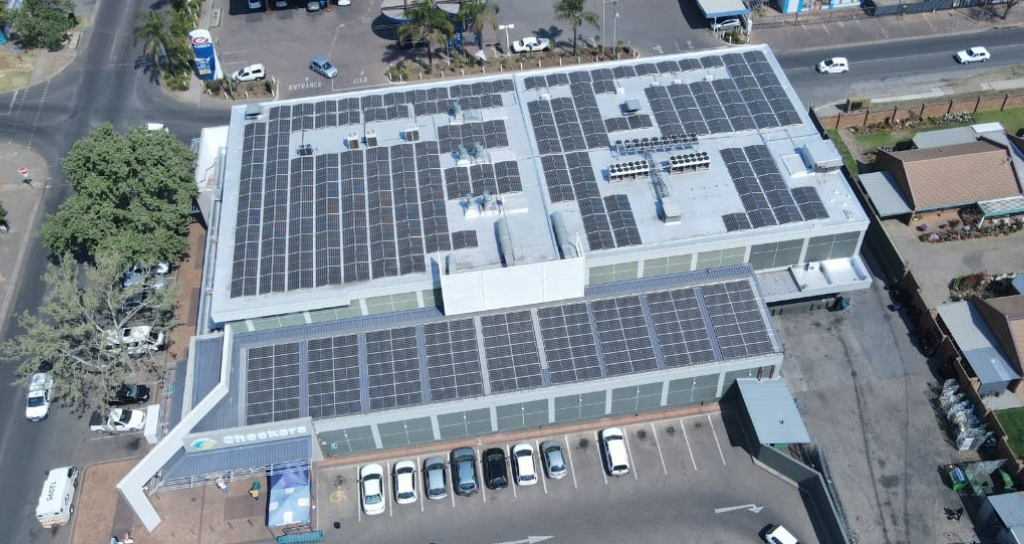Digital twin technology is expanding from its roots in the manufacturing, design, project management, traffic and town planning sectors into logistics. Digital twins are working virtual representations of physical assets or processes.Automotive engineering designers run and tweak a new engine or suspension design virtually before the first unit is made. Town planners use it to plan traffic f lows. Logistics digital twins are coming into their own as the supply chain becomes more visible. US multinational transportation and logistics company FedEx generates a petabyte of information every day enough to fill 500 billion pages of standard printed text.Data comes from internal sources such as vehicle trackers and radio frequency identification (RFID) tags. Data also comes from external sources such as weather and traffic reports.Now that logistics specialists know how to capture information, they are finding new ways to use it including with digital twins. Gavin Laybourne, vice-president and chief information officer at APM Te r m i n a l s , explains in a blog that the supply chain logistics industry is undergoing a fundamental paradigm shift, driven by digital t echnolog y . He continues: Global supply chains rely on physical assets like containers, warehouses and trucks which have historically been difficult to bring online. Our ambition is to create a digital twin of Maersks integrated ecosystem. While were years away from that, were progressing by focusing on specific verticals of our business.By creating vertical digital twins of vessels, warehouses, terminals, etc, we can eventually create the building blocks of a horizontal digital twin of our entire integrated ecosystem.FedEx worked with Accenture and River Logic to create a digital twin of its FedEx Office Print Ship Services. The digital twin has helped refine and manage operations through a network of about 2 200 retail stores, 18 commercial print facilities and its delivery f leet. German logistics company DHL sees digital twins as tools to stress test supply chains.A digital twin that mirrors the end-to-end chain of inbound and outbound f lows can be used to predict the impact of disrupters such as natural disasters, cyberattacks and conflict.These stress-test simulations are already being offered by logistics consultants and digital twin providers with whole digital supply chains being built in the span of just a few weeks, depending on the level of detail, claims DHL.Maersk focuses on predictability, stating: We need to precisely forecast how long certain actions will take. If we dont know how long unloading a vessel will take, we have to build in buffers, which means equipment might not be in the right place at the right time its slow and inefficient instead of tight and fast.
Sign up to our mailing list and get daily news headlines and weekly features directly to your inbox free. Subscribe to receive print copies of Freight News Features to your door.Recommended For You






